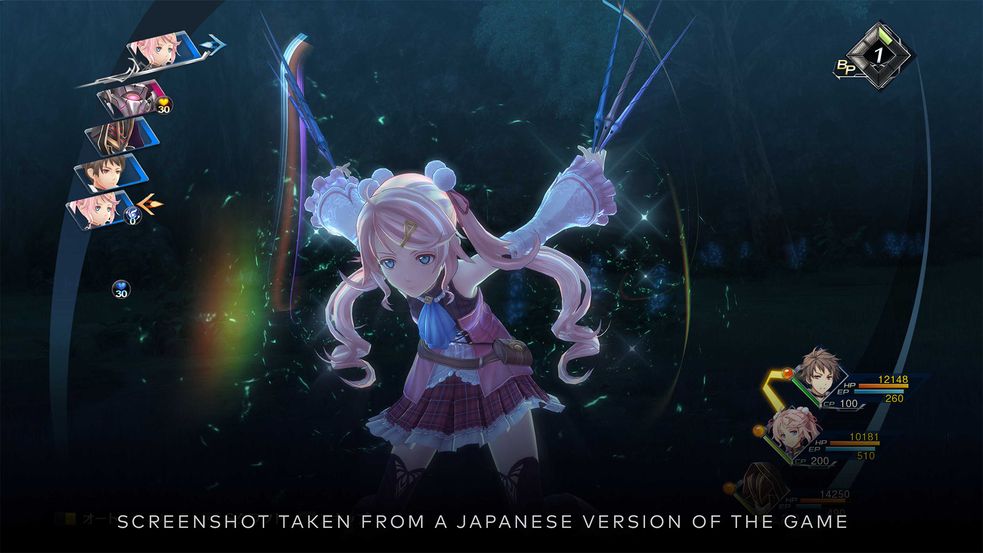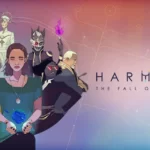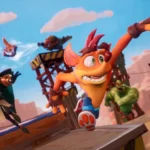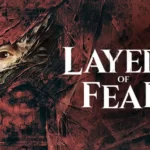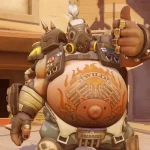Returning to Crossbell and Erebonia in Trails into Reverie left us feeling surprisingly sentimental. It has only been three years since we were first introduced to the Nihon Falcom RPG series, but the game feels pleasantly nostalgic, retreading familiar ground with a new high-stakes plot that provides critical reflection. After an incredibly long journey, Reverie calls time on Class VII and the Special Support Section’s arcs while moving towards a new beginning.
Taking place five months after Cold Steel IV, this latest conflict revolves around the renewed fight for Crossbell’s independence, resulting in significant consequences. Divided into three routes, players will alternate between controlling Lloyd Bannings and the Special Support Section of the Crossbell police department, Class VII from Thors Military Academy, and the enigmatic character known as ‘C.’ The story combines intense action with a captivating narrative, although the duration of Crossbell’s struggle may feel excessive. Nevertheless, unexpected plot twists manage to redeem the overall experience.
Where Trails into Reverie shines is through its characters, and each route brings fresh perspectives to its actions. Rean, the man publicly revered as a war hero by Erebonia, finds his role scrutinized after being used as a nationalist icon. The SSS, long idealized as “heroes” by the Crossbell public, suddenly face the reality that such expectations have been placed upon them. C’s route is hard to discuss without spoilers, but we enjoyed this redemptive tale. Two wars and imperial occupation have left some deep scars, leading to an intriguing re-examination of prior events.
We also enjoyed how Reverie ties up some remaining loose ends from Crossbell and Cold Steel, which feels particularly rewarding for those who’ve been on this entire journey. Seeing how far the old Class VII has come since those awkward student days was lovely, and moments the Ironbloods grapple with Chancellor Osborne’s legacy provide most character arcs some welcome closure. Visiting Cold Steel’s older locations, like Heimdallr and Nord, added comforting familiarity, and we often found ourselves smiling.
Many of these character moments occur within the True Reverie Corridor (TRC), a new location where each route merges. Side quests don’t exist in Reverie beyond basic events like defeating powerful monsters, but there’s still plenty to do. The TRC is where most of this takes place, and it feels like a cross between Cold Steel III’s Einhel Keep and Sky The 3rd’s Phantasma. Players could go fishing, participate in combat trials, and play minigames like the Puyo Puyo-inspired Pom! Pom! Party! and train across randomly generated dungeons. There’s good variety to keep players coming back.
These TRC dungeons are crucial to unlocking additional functions, so players are clearing out monsters once more. Reverie plays almost exactly like Cold Steel, so combat remains familiar, sticking to turn-based battles using grid-based movement. Every ally has regular attacks alongside magical ‘Arts’ for elemental damage and support abilities, costing time and EP. Finally, crafts provide unique skills that cost CP, built up during combat. Reaching 100 CP provides an “ultimate attack” called S-Crafts, doubling the damage at 200CP. The fundamentals remain unchanged, and that’s fine.
As someone who’s played Zero/Azure more recently than Cold Steel, Reverie adds substantial strategic depth to its older predecessors. Combat links pair two allies for increased combat support. Unbalancing an enemy mid-fight lets the linked partner perform a follow-up attack, with the most potent option bringing the whole party into an all-out assault. Then there are Brave Orders, which don’t use a turn and can temporarily boost stats like crit damage or defense. Both features complement Reverie’s expansive combat customization.
Not everyone gets a side story, yet we’re content with this structure. The wider cast gets their moment without creating the same pacing issues Cold Steel IV suffered from. Falcom giving every present character at least one line left that story often feeling unnecessarily protracted. Reverie isn’t entirely innocent of this, but it’s not a significant issue, and each team’s natural rapport remains just as endearing. Trails’ entertaining humor reinforces that. Whether it’s the casual teasing of Rean’s obliviousness or more comedic daydreams, Reverie balances its events with a lighter touch.
That’s partially why we miss the Cold Steel bonding events, which let players build relationships with other allies during Rean’s free days. However, this isn’t a criticism as Reverie’s structure doesn’t suit those social mechanics. Those segments simply offered a great avenue for character development. On a related note, players can link their save data from IV to register who they spent the final bonding scene with, and that makes very minor dialogue changes.
We’ve previously called world-building the series’ biggest strength, and reaching the end of Reverie reminded us why. Witnessing the foundations for each nation’s future slowly forming shows how far this series has come, and we can see why Falcom considers this the end of Trailsof Cold Steel’s story arc. Reverie provides an excellent conclusion to this era whilesetting up the next chapter. The finale’s emotional payoff feels satisfying, and we’re excited to see where Falcom takes the series next.
In conclusion, Trails into Reverie offers a fitting send-off to the Trails of Cold Steel series, bringing together beloved characters from multiple games to conclude their arcs while setting up the next chapter of the series. The game’s story is engaging, and the characters are well-written and relatable, making the player feel invested in their journey. The combat is familiar yet adds new depth, and the True Reverie Corridor offers plenty of activities to keep players engaged. All in all, Trails into Reverie is a must-play for fans of the series, and newcomers alike.

